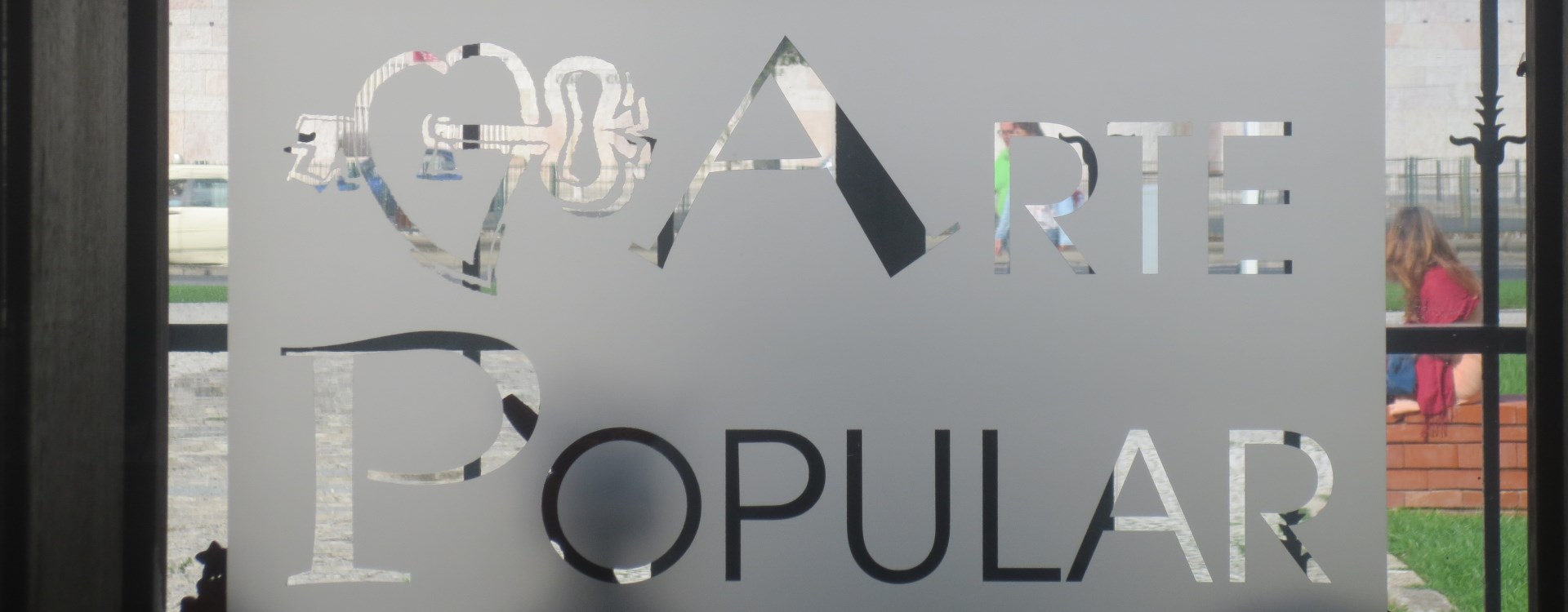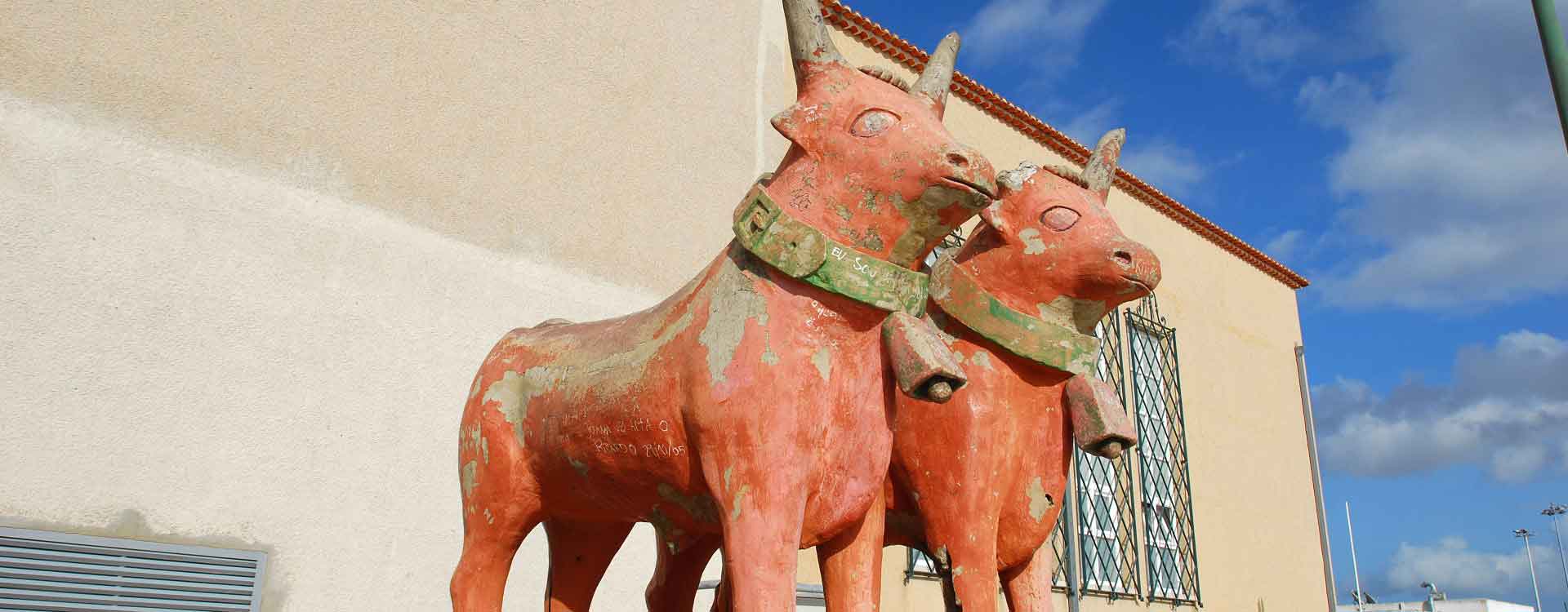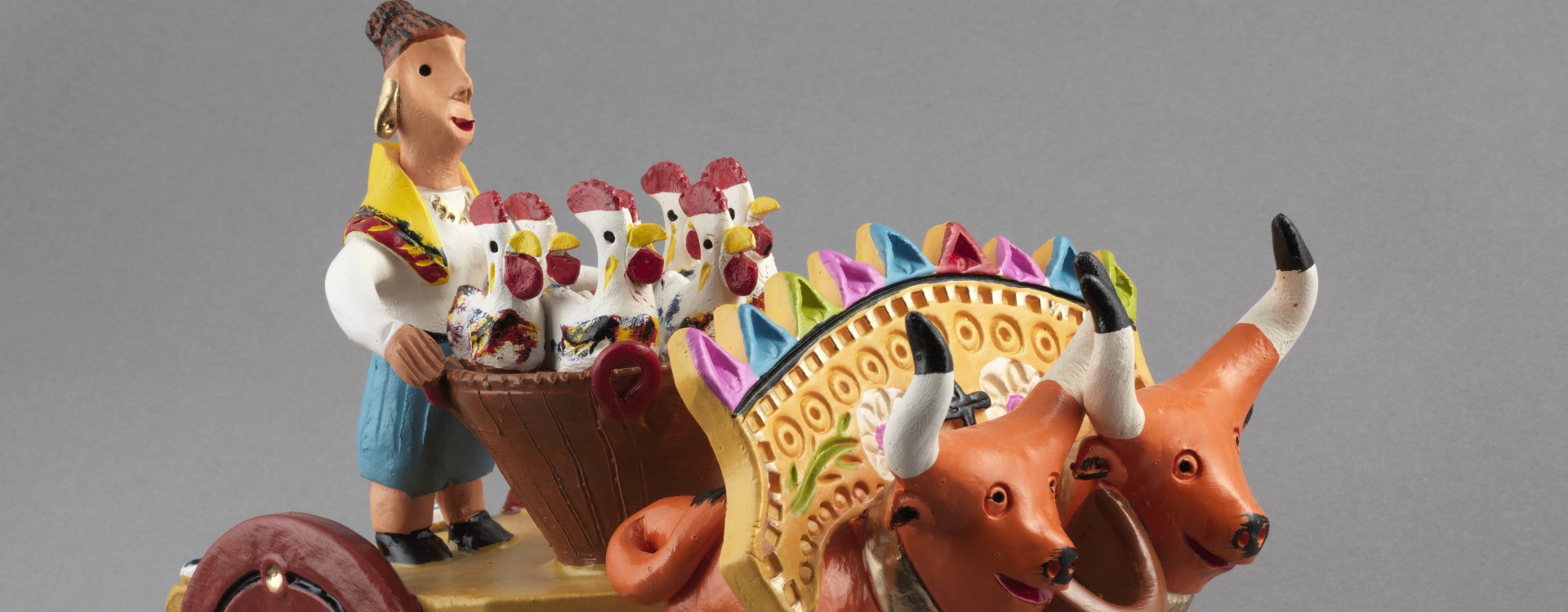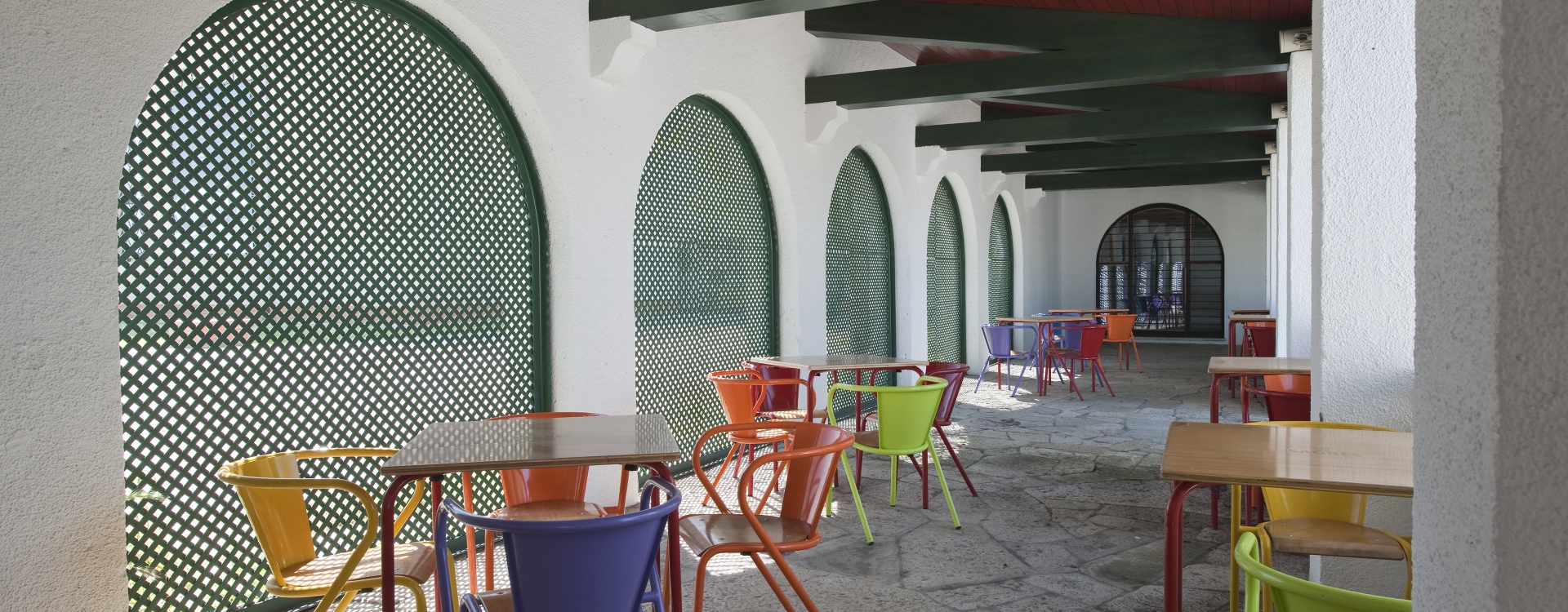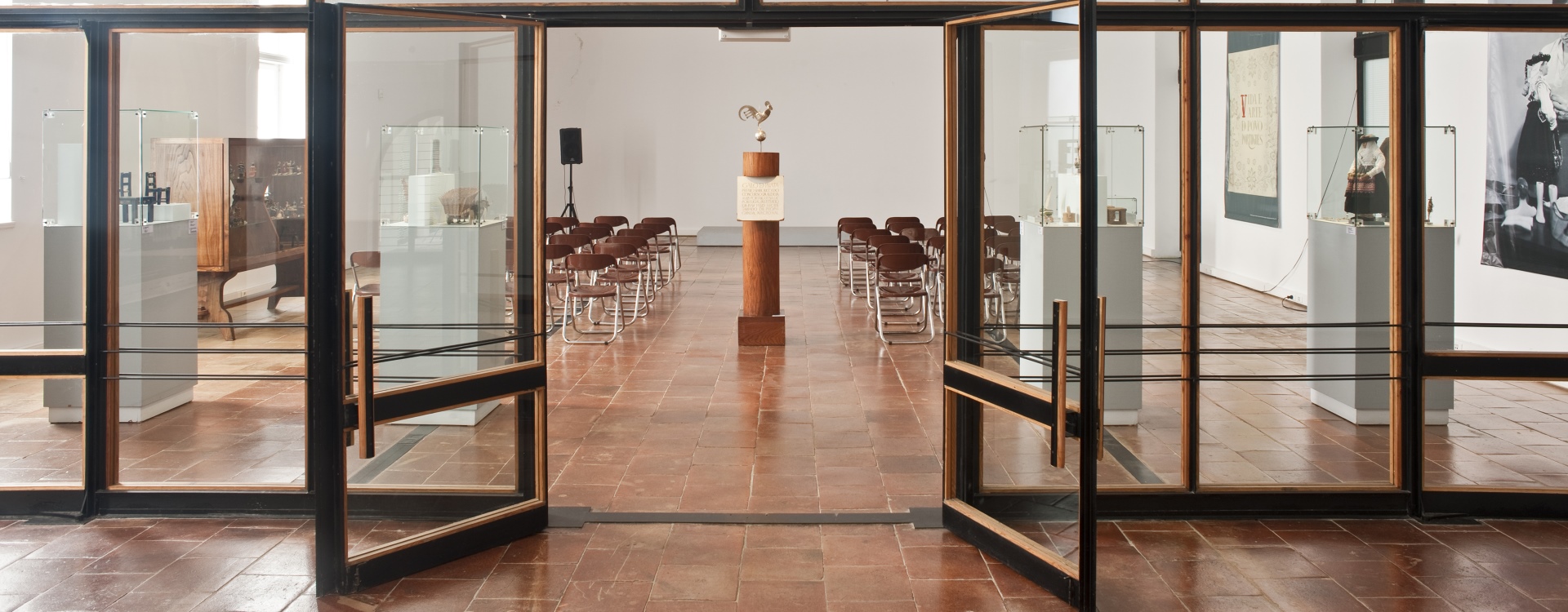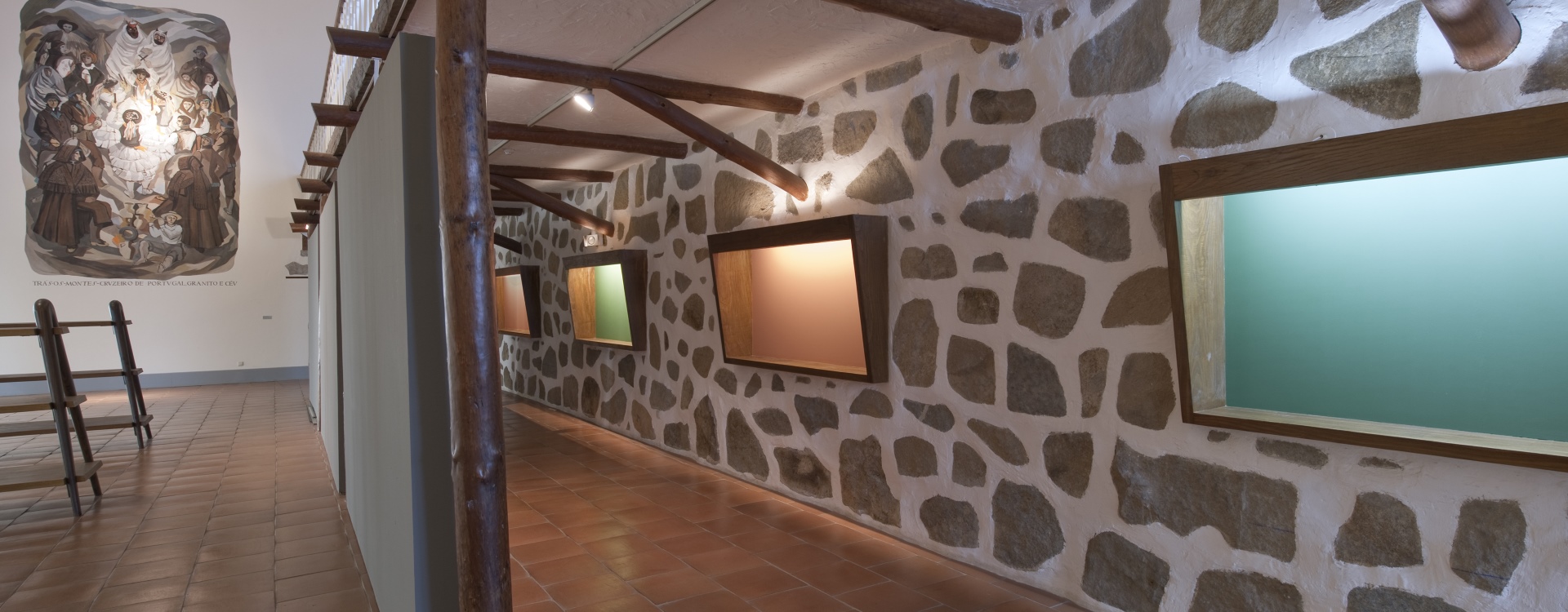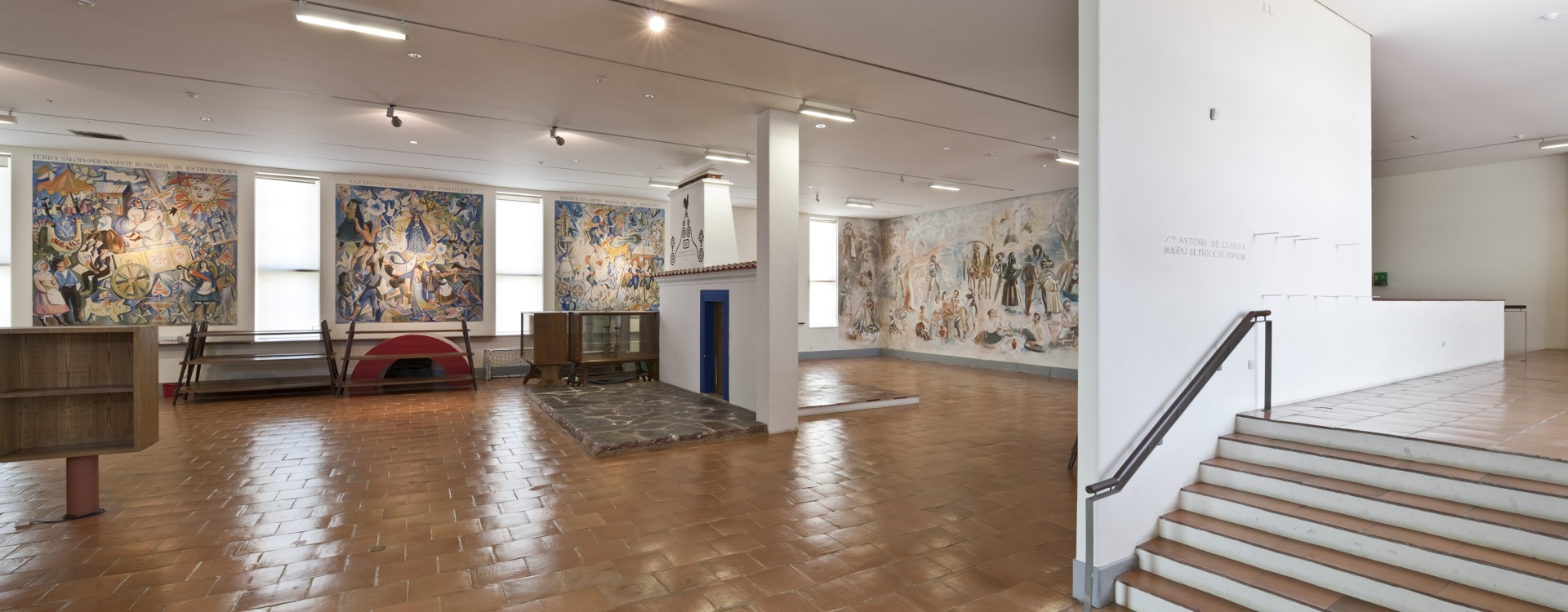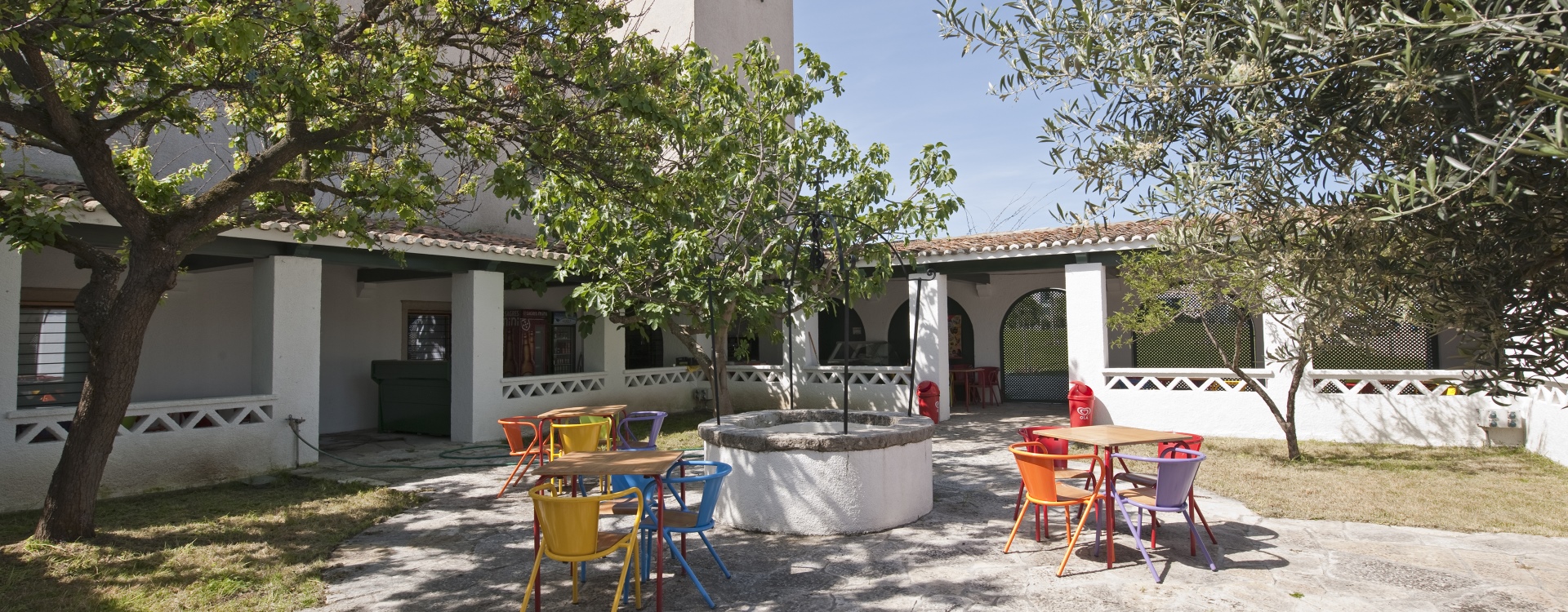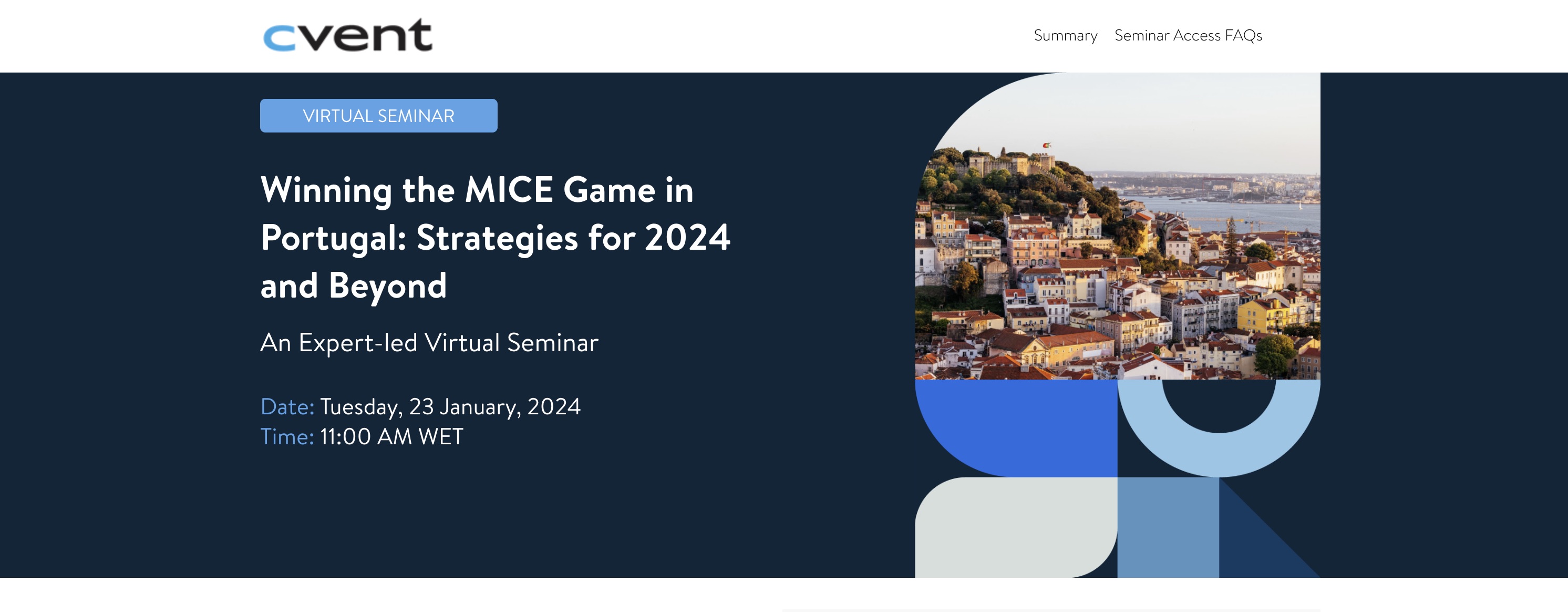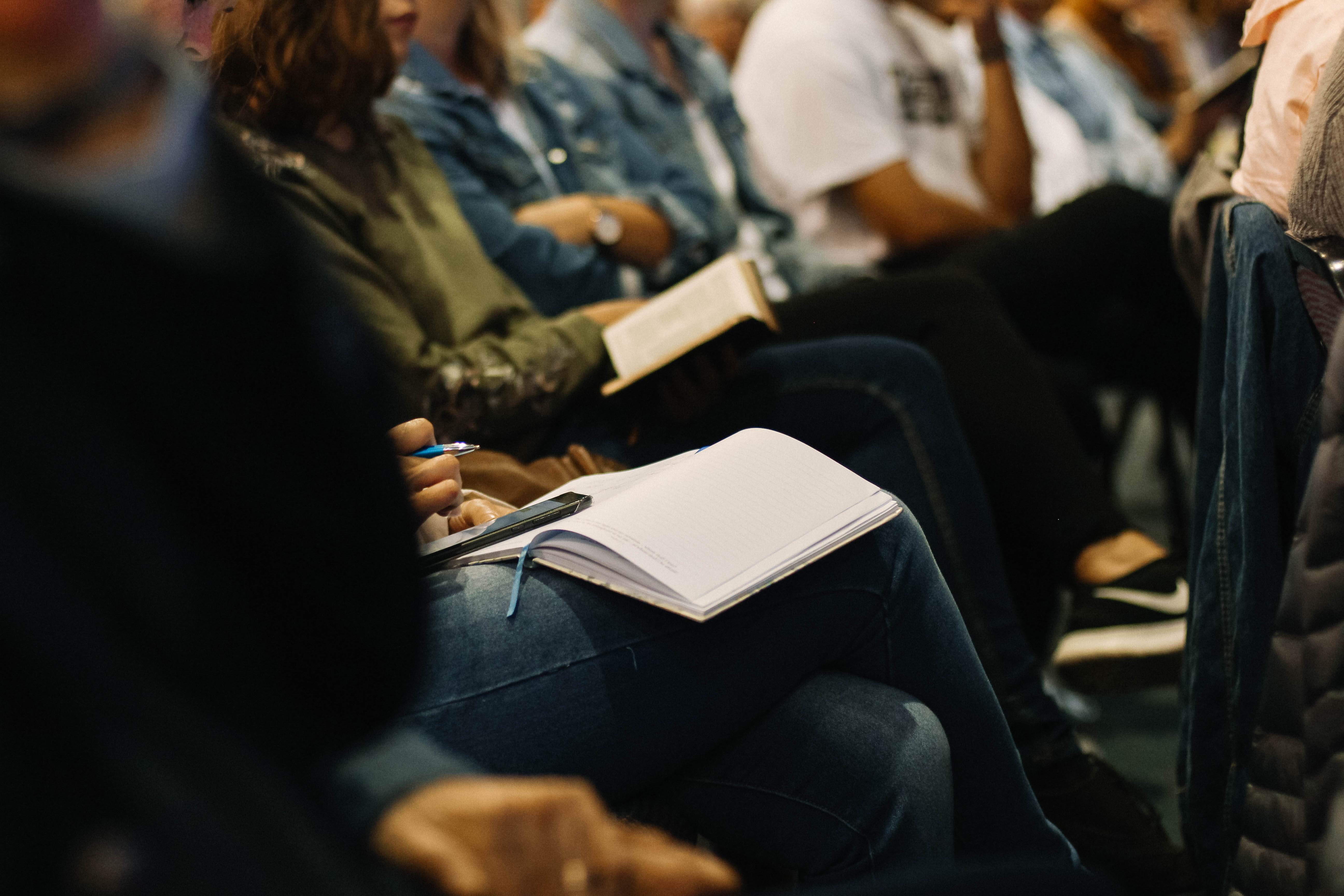The Popular Art Museum is one of the more iconic works of Estado Novo (the authoritarian regime imposed in Portugal in 1933), created after the reform of the Portuguese World Exhibition's Section of Popular Life pavilion, in 1940. Projected by architects António Reis Camelo and João Simões, this Museum was a result of the program of António Ferro, the director of the Secretariat of National Propaganda. A combination of modern style with more traditional aesthetics, together with a collection of mural compositions, alluding to the different regions of the country, led to it being classified as a Monument of Public Interest in 2012. Among the team of "painters" of the building were Carlos Botelho, Eduardo Anahory, Estrela Faria, Manuel Lapa or Paulo Ferreira. The collection features ceramic objects, folk jewellery, musical instruments, basketweaving, textiles, costumes and embroidery.
In 2006, the collection was relocated in the National Museum of Ethnology, but the building and its murals remains available for visitors.
Co-financed by:

Região de Lisboa
Lisboa
General Description
Contacts
Map
Dinners, cocktails, cultural events, special events (ex: social or academic).
Please check directly with the venue what are the rooms/ spaces where it is permitted to perform each one of this kind of events.
Cloister (100 seats);
Multipurpose room (120 seats);
Patio (250 seats);
Central Atrium (150 seats);
250
Avenida de Brasília 1400-038 Lisboa
DGPC/
Paulo Ferreira da Costa

Top

